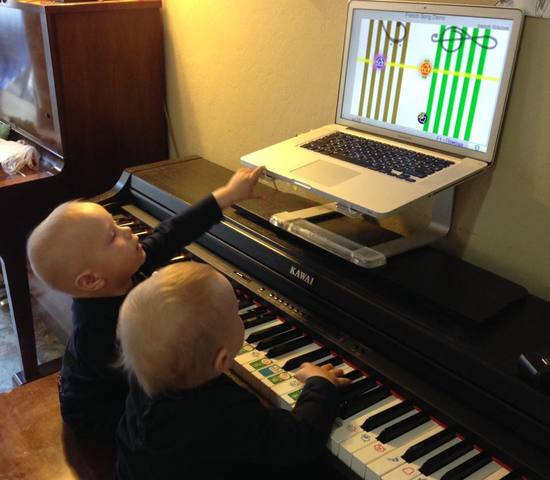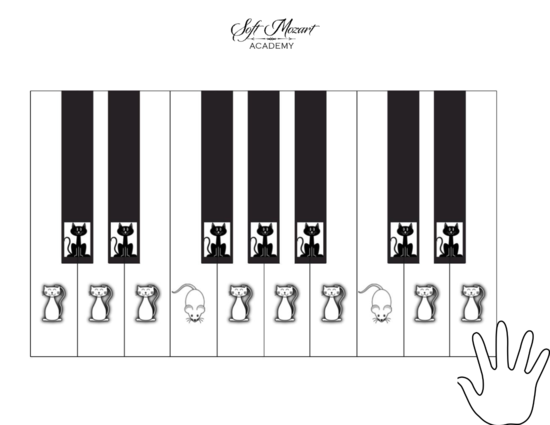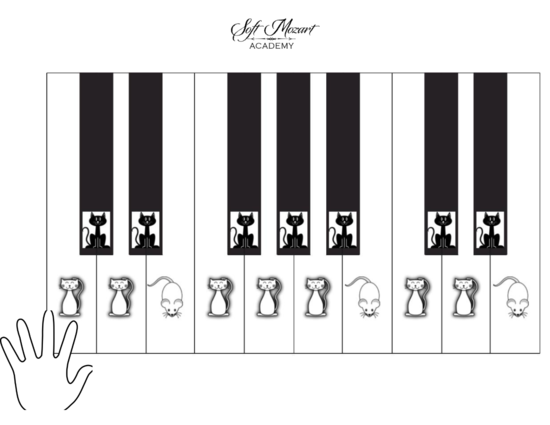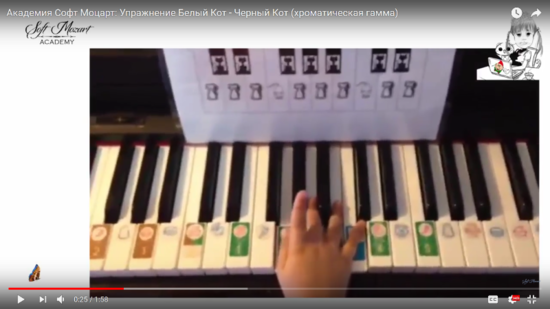Preparatory A (from 2+). Lesson 19

Your FREE Demo version is here
Your full version access is here
Are you keeping your Progress Diary? This is the best way to be in touch and receive our feedback!
Nurturing Healthy Self Esteem in Toddlers
The little person wants to learn and to do it well. Our task is to help him with this, but in such a way that the child relies primarily on his own resources. It is not by chance, when a child is learning to walk and talk, he often says, 'I want to do it myself!'
Your task is to strengthen the healthy self esteem of the child, teach him to realistically evaluate the results of his work and not to look for support or praise from others. You should teach the child to put achievable objectives before himself, compare the result with what he has done before and always strive for advancement.
Below are some guidelines, which should be remembered when working with toddlers:
- You don't need to use a high pitched voice and talk to the child like a baby.
- You shouldn't praise the child because he is 'cute' or 'funny' or even 'clever.' These words are generalities.
- Praise him for specific actions and achievements.
- The best form of encouragement is the musical money. It is neutral and does not carry the danger of appearing biased or inattentive. Despite their young age, toddlers are easily able to discern the mood of those around them.
- The toddler's pride in their achievements can develop only on the basis of respect for your opinion. Respect grows, when a child sees that you pay careful attention to his results and that you don't overstate his accomplishments.
- It is especially important not to feed the toddler with exaggerated enthusiasm: since you can inflate the self-esteem of the child and disturb his balanced self monitoring.
- Ask him to play the piece with his left hand, right hand or both hands at least twice. Before the second time, you should always say: 'Let's do that again and we will see if you win or you lose.' Be sure to compare the numbers obtained out loud and encourage the child for each improvement. Explain why he has won. The child learns very quickly to compare the figures.
- When working with the modules, always write down the result and explain to the toddler how much he has improved or worsened. Do not give an emotional evaluation if the result is not so good. Simply state the facts and suggest that next time he tries it again, he should try to win. If the youngster wants to do it again, agree to it!
- Do not force the toddler to accept your help, do not show him 'how it should be done,' do not sing for him until he did gives his consent. You could simply ask him: 'Do you want me to show you how to do it?' If the child says 'No', you shouldn't force him. Our task is to develop his internal skills and to strengthen his desire to win, without the support of others around him.
- Never criticize a child's performance of a piece of music. He does not have to be another "Mozart!" Praise him only for what he has achieved. Even if the feat is playing one note with his index finger. This is his own personal accomplishment. It is this that will become the reference point for his successful learning. A journey of thousand miles begins with a single step./Success comes with tenacity./The road becomes better for having been walked on.
...
Piano Exercise: 'White Cat - Black Cat'
First try to learn the exercise by yourself.
Here is the picture for your right hand: 
Here is for your left: 
Thumb - White cat, Middle finger - Black cat. Press the white keys with your thumb and black with your middle finger. And let your fingers walk among all the keys! The main thing is to see the mouse just in time! The mouse is your pointer. If you place it on the key of a cat, you lose the game
Watch this video. It will help you to learn the exercise:
....
- Keep working on cards
- Repeat previous assignments
....
Sincerely yours,
Hellene Hiner

Video sample:
PS
All the lesson plans:
for 24 months to 3 year old
3 year old to 5 year old
5+ year old
Intensive Course for Adults-beginners
Always check here, if there any recital in the progress! You and your child will benefit a lot from the participation.
Your place to start your Diary is here

 GENTLE PIANO
GENTLE PIANO
